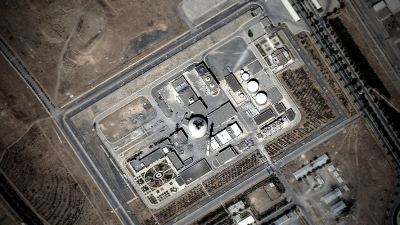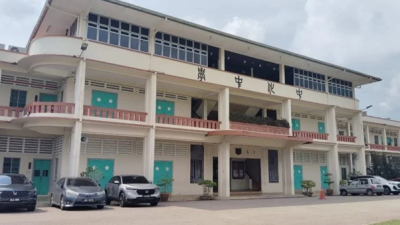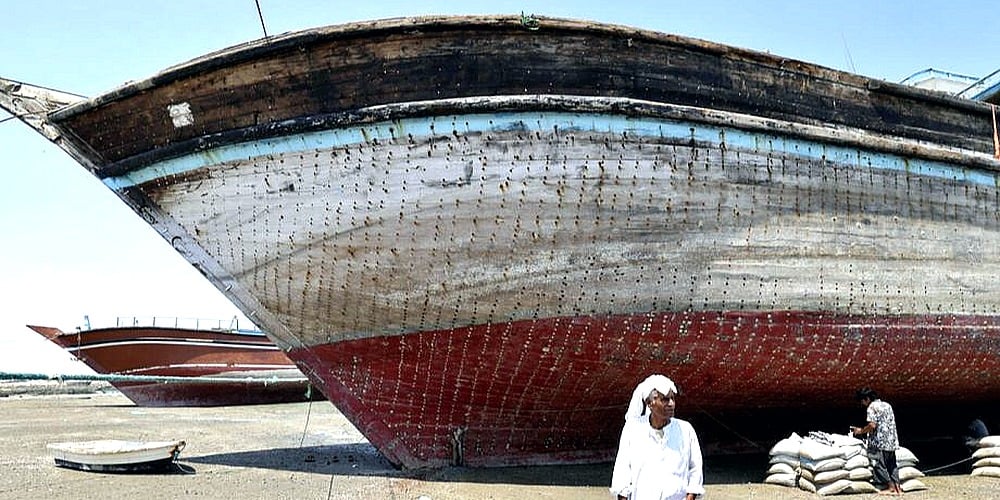
QESHM, Iran: Iranian captain Hassan Rostam has braved the Strait of Hormuz aboard his lenj for four decades, but now watches with despair as the wooden ships are being replaced by cheaper, faster boats.
The sturdy vessels, built by hand, have sailed Gulf waters for centuries, their potbellied silhouette emblematic of regional maritime traditions like the dhows of the Arabian Peninsula.
But these days, “there are fewer and fewer” of them, said Rostam, 62, who has spent his life travelling the waterway between Iran and the United Arab Emirates.
With a lean body and weathered face, he gazes at the calm seas that are crisscrossed by huge tankers taking Gulf oil to the world’s markets, and naval vessels patrolling the strategic waterway.
But the island of Qeshm off Bandar Abbas is also home to the much older tradition of building wooden boats, around 30 of which were resting at low tide in the coastal village of Guran.
This small port has long housed several shipyards specializing in their maintenance and repair. But that morning, fewer than two dozen workers were there, barefoot in the mud.
A half-built lenj hull propped on beams will not be finished for lack of money, as its owner plans to dismantle it and use the boards for other projects.
“Today, a new lenj is very expensive” because “the wood comes from abroad” and construction is done entirely by hand, said Ali Pouzan, who supervises the Guran site.
Each lenj is unique and the ships vary in size, with the craft “transmitted from generation to generation”, he said.
UNESCO back in 2011 recognized the lenj as intangible cultural heritage requiring “urgent safeguarding.”
As modern alternatives have taken the wind out of its sails, “the philosophy, the ritual context and the traditional knowledge linked to navigation in the Persian Gulf… are gradually fading”, the UN body warned.
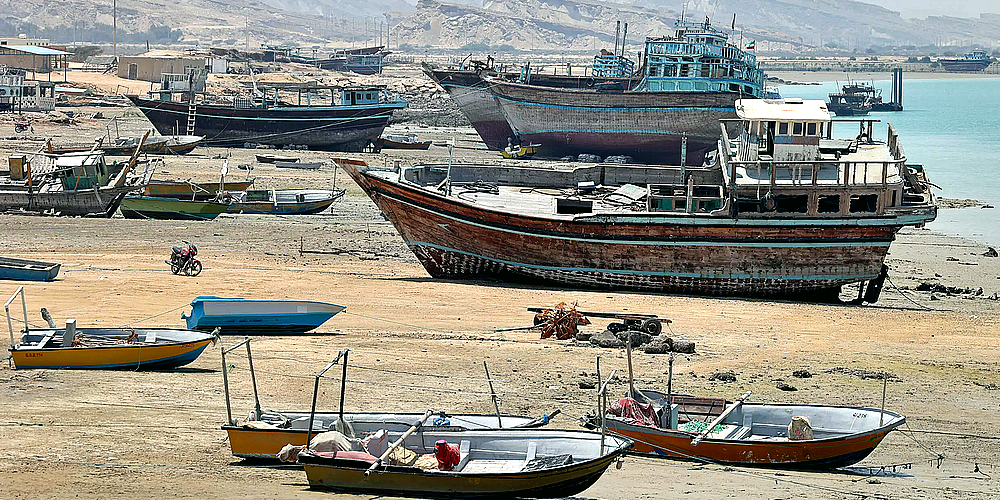
Open-air museum
In their golden age, the rustic lenjes were used to transport cereals, dates, dried fish, spices, wood and textiles across the Gulf and as far as the coasts of East Africa and the Indian subcontinent.
But commercial shipping has been taken over by engine-powered boats made of fiberglass or steel, navigating the turquoise waters where huge oil tankers now roam.
Lenj vessels were also used for fishing, as well as the lucrative pearling tradition, which has nearly disappeared altogether.
Younes, a 42-year-old Guran resident, has been repairing lenjes in his native village for more than 20 years.
“It’s a painful job,” he said in the baking heat, as he used an old technique called “kalfat koobi” to waterproof a vessel with strips of cotton soaked in sesame and coconut oil.
Recognizing the demise of shipbuilding in Guran, Pouzan is betting on tourism instead, a promising sector on Qeshm as the island attracts a growing number of visitors.
“We have restored several boats to adapt them to sea trips,” he said.
An old ship was being repurposed into a cafe, and there are plans to transform the scenic port, with colored lenj hulls lying in the sand, into an open-air museum.
Near mangroves on the beach, Pouzan plans to build lenj-inspired huts for tourists. Each will bear the name of the most famous destinations the ships once reached — from Zanzibar and Mombasa to Kolkata.
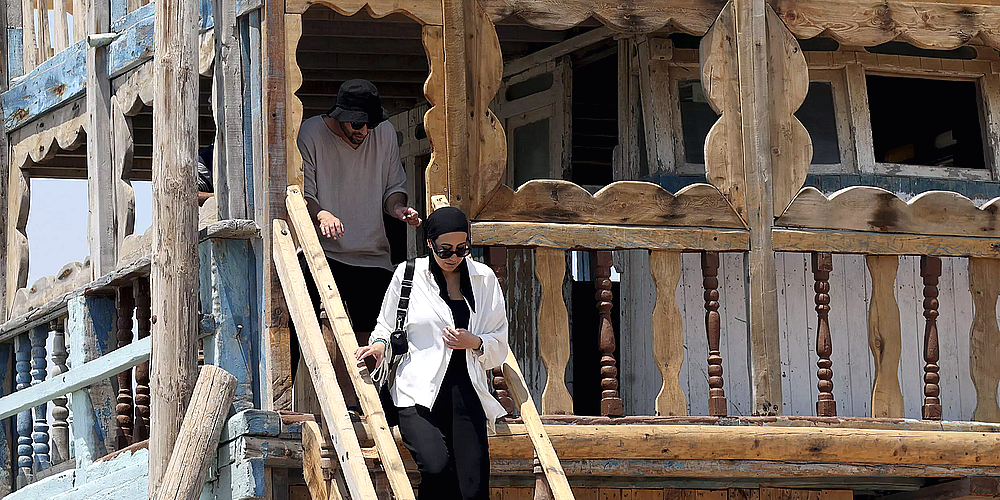
ADVERTISEMENT
ADVERTISEMENT









